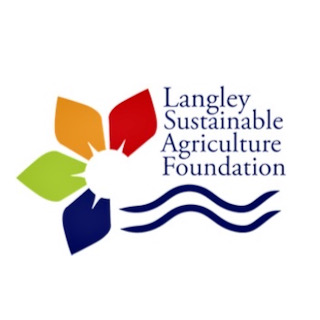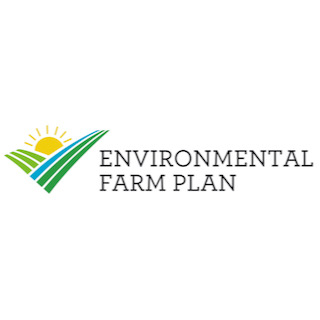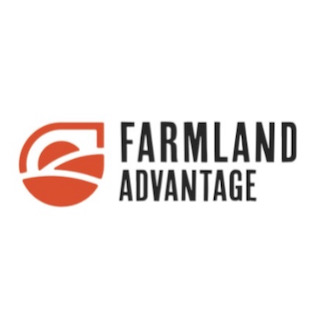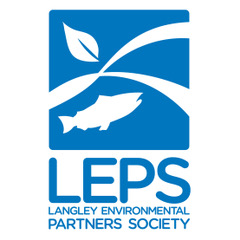Bertrand Creek Watershed Group Environmental Farm Plan
Project Description
The Bertrand Creek Watershed is the largest of the major tributaries entering the Lower Nooksack River and is a critical habitat for fish and wildlife. Falling primarily in the BC Agriculture Land Reserve the recent water sampling done by the BC Ministry of Environment and Climate Change Strategy has identified high levels of fecal coliforms and E. coli where its watercourses discharge into the United States.
The Food and Agriculture Institute in collaboration with the Agriculture Research and Development Corporation (ARDCorp), who runs the Group Environmental Farm Plan (EFP) program that assists farmers in reducing the environmental risks and threats associated with their operations, delivered a report to address water quality issues in the Bertrand Creek Watershed. The report included an examination of watershed management strategies, a summary of engagement activities with farmers carried out within the Bertrand Creek Watershed in February 2021, and delivered a set of recommendations for the next steps to serve as a basis for a Group EFP program.
The Bertrand Creek Watershed is within an area known as “Sehkomehkl” to the First Nations communities who inhabited the place for thousands of years, now commonly known as Bertrand Creek. Bertrand Creek spans and drains an area of over 4,000 hectares that provides habitat for a variety of mammals, birds, insects, amphibians, fish (including Coho salmon), and other species, and it serves as critical the only place in the world that provides habitat for the Salish sucker and Nooksack dace, two endangered fish species.

.jpeg) 0 Avenue - Invasive species and algae bloom. Photo credit: Toews, D. (January 2021).
0 Avenue - Invasive species and algae bloom. Photo credit: Toews, D. (January 2021)..jpeg) 24th Avenue. - Invasive species in ditch and field flooding. Photo credit: Katan, H. (February 2021).
24th Avenue. - Invasive species in ditch and field flooding. Photo credit: Katan, H. (February 2021)..jpeg)
---urbanization---illegal-dumping--458x641.jpeg)
--lack-of-riparian-buffers-pollutants-manure-458x641.jpeg) Otter Park - Inadequate riparian buffer next to livestock operation. Photo credit: Toews, D. (January 2021).
Otter Park - Inadequate riparian buffer next to livestock operation. Photo credit: Toews, D. (January 2021).---lack-of-riparian-erosion-vegetation--458x641.jpeg)



